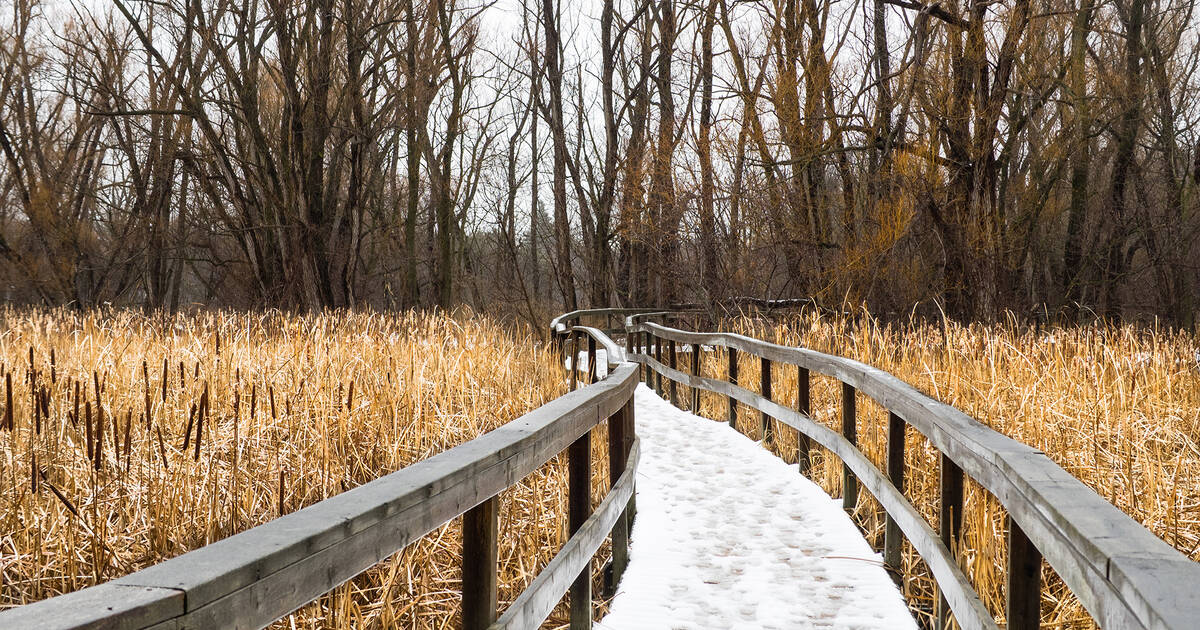Midtown Urbanist
Superstar
Are there any specific points in the report regarding invasive species?
Are there any specific points in the report regarding invasive species?
There was no change in the ranking of the top three species by population in the urban forest – eastern white cedar, sugar maple and Norway maple.
Norway maple is still the most abundant species by leaf area.26% of Toronto’s urban forest leaf area is composed of invasive tree species, including Norway maple
1. Has the city lost any beeches to the beech blight going through Ontario?
1. Forty years after Dutch Elm, can elms be reintroduced successfully?
As to Elms, the answer is yes.
Many are being reintroduced. In nature, in their pure form, with all the attendant risks that they may get Dutch Elm Disease later in life.
But as street trees the City is using a range of cultivars which are typically an Asian-North-American hybrid, which have much higher resistance to the disease.

Beltline Trail will need to connect with itself first, at Allen Road.There should be the Little Loop Trail that uses the West Toronto Railpath and the Beltline Trail (they are not connected to each other yet).
Beltline Trail will need to connect with itself first, at Allen Road.

Crossposting from the Crosstown thread.

Almost 300 trees are being cut down in a Toronto neighbourhood and residents aren't happy
Construction on the Crosstown LRT will stop for nothing — not a pandemic, and certainly not a ravine filled with trees. Over the past week, scores o…www.blogto.com
View attachment 241935
Thoughts?
I don't think this is as big of an issue as the article editorializes.
Crossposting from the Crosstown thread.

Almost 300 trees are being cut down in a Toronto neighbourhood and residents aren't happy
Construction on the Crosstown LRT will stop for nothing — not a pandemic, and certainly not a ravine filled with trees. Over the past week, scores o…www.blogto.com
View attachment 241935
Thoughts?
I don't think this is as big of an issue as the article editorializes.
I will add, I normally have upwards of 70 plants on my balcony during the summer season.
Currently at about 24 as I haven't found all the right stuff yet!
So far:
Fresh Rosemary - 3 plants
Fresh Curly Parsley - 4 plants
Fresh Sage - 3 plants
Fresh Mint - 1 plant
Cherry Tomatoes - 2 plants
Portuguese Hot Peppers - 5 plants
Verbenia (Flowers) - 3 plants
Red Star Spike - 1 plant
Sweet Potato Vine - 2 plants
Still to come, at least one more vegetable, more tomatoes, salad greens, and more herbs. (like Genovese Basil, Thyme, and Dill ++)




